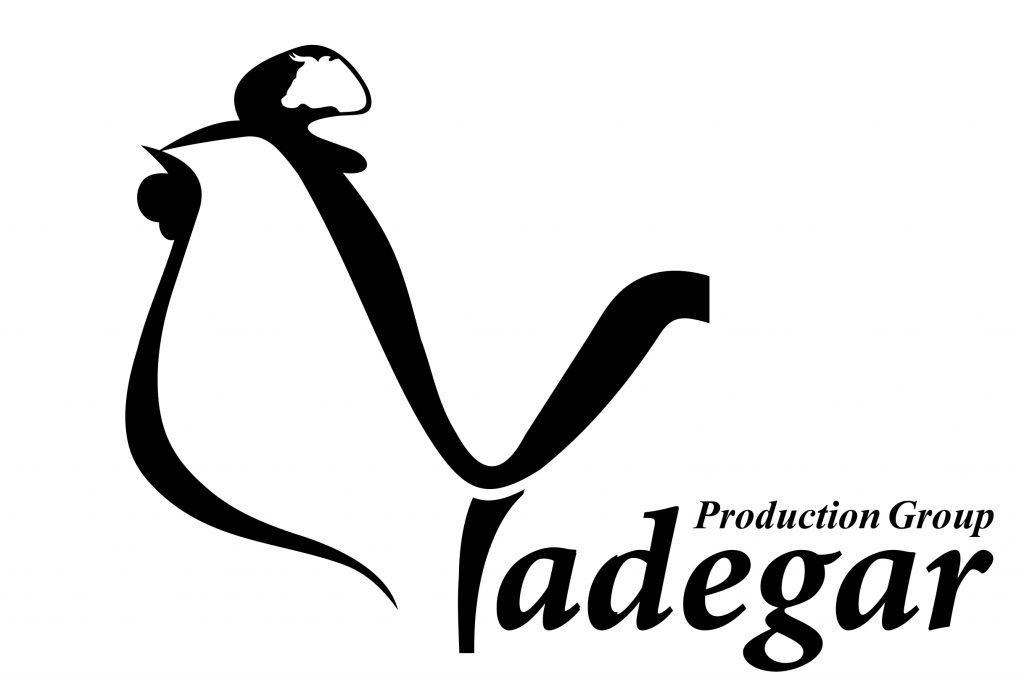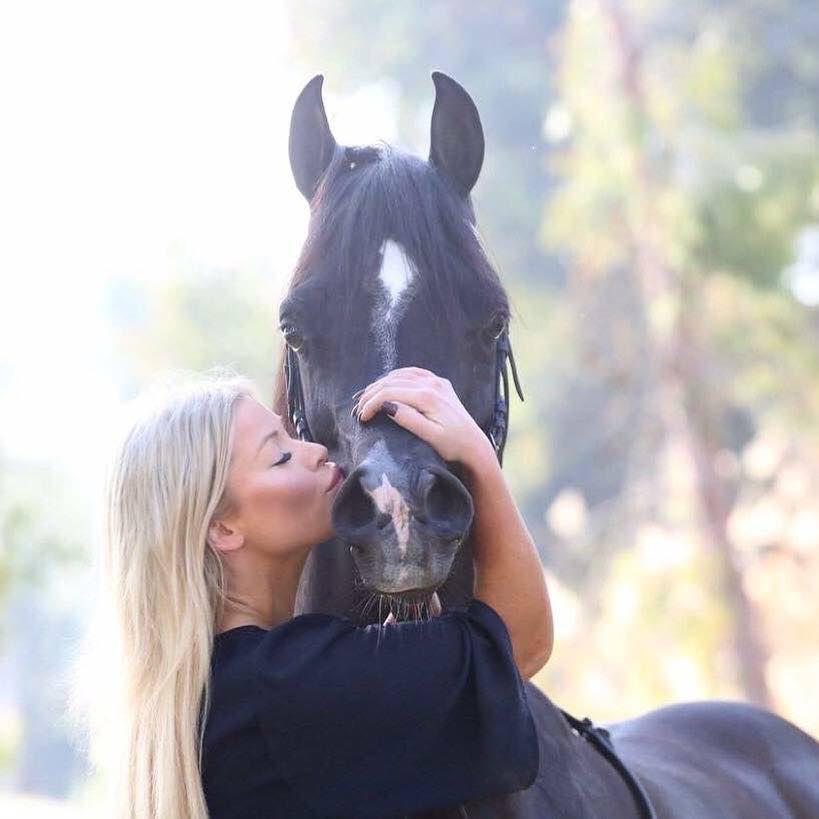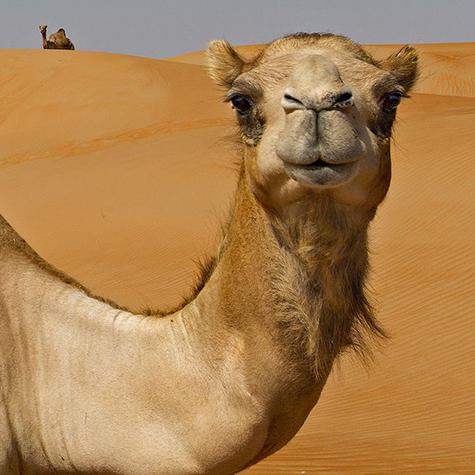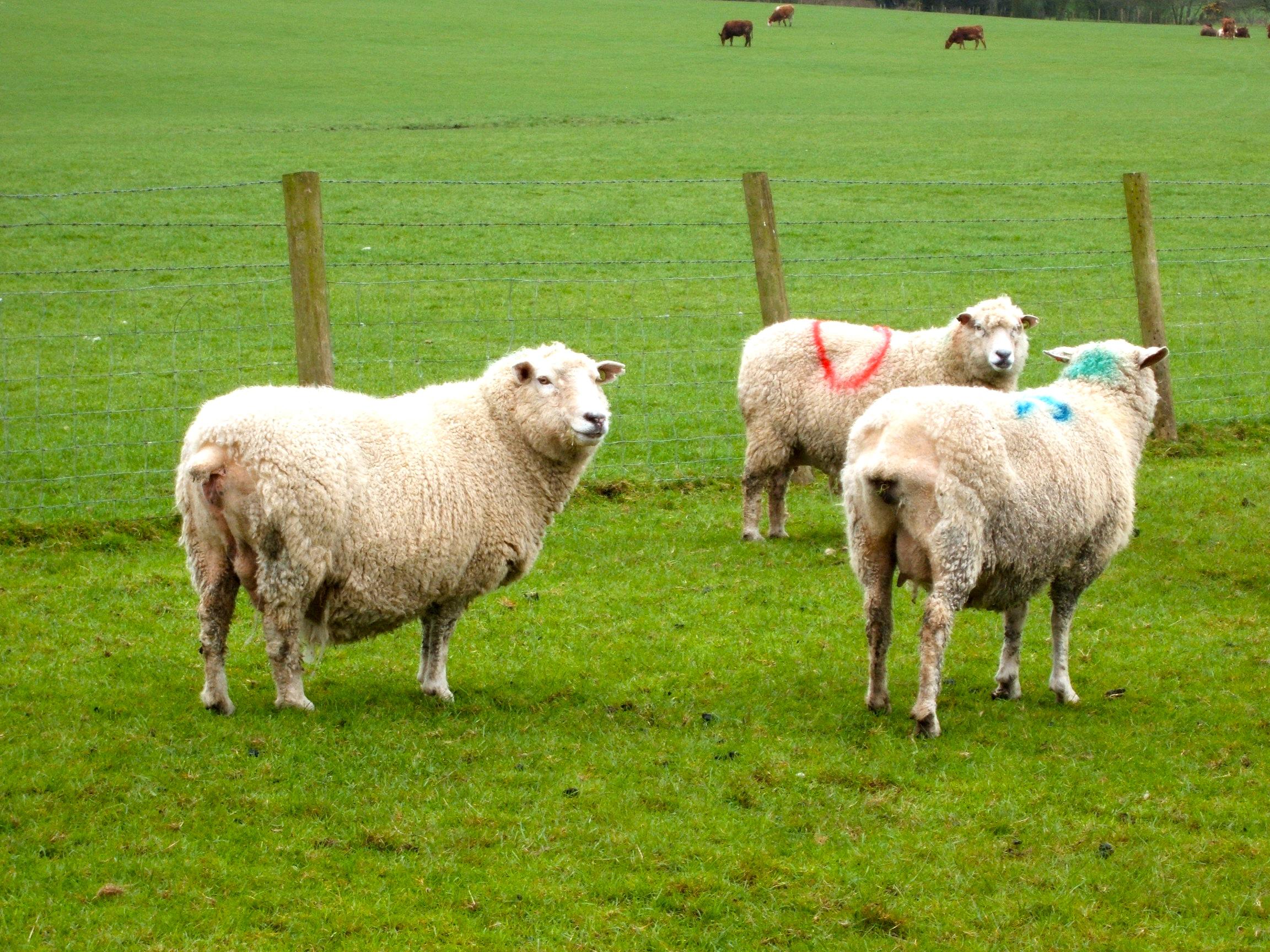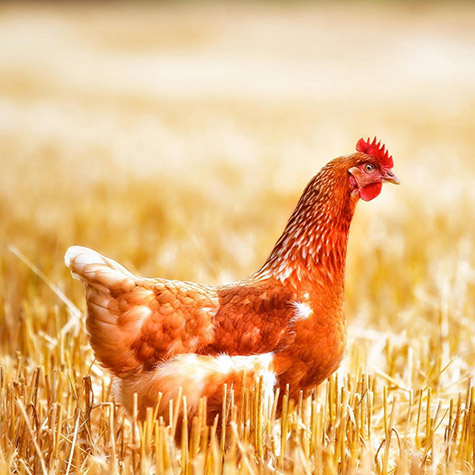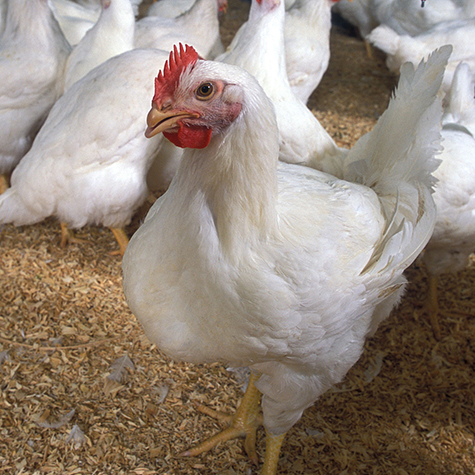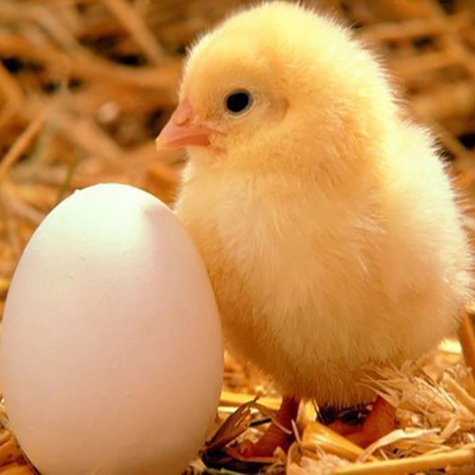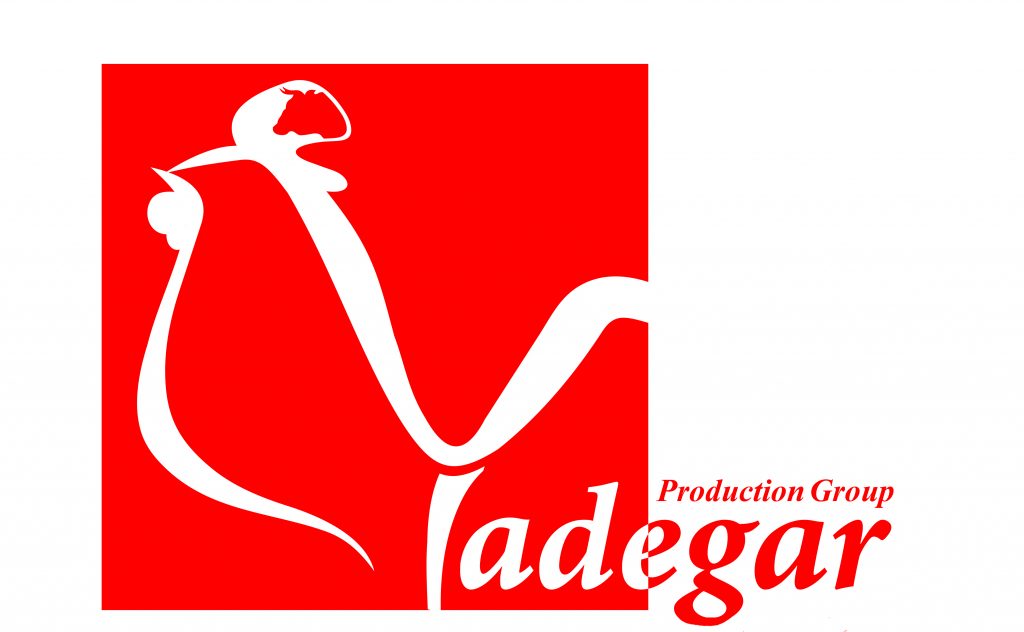The following article has been published in the Horse World Magazine.
Ana Tommy The Horse’s Digestive System
It is decided that a serial series of articles on horse feeding will be written. Hence, although hormonal digestive anatomy may have been studied by readers in the past, it is briefly presented in a simple and understandable way. Everyone is in the first part. We start from above to check the digestive tract of the horse.
Mouth and tooth
Since digestion starts from the mouth, it is important that the teeth take the feed and when the horse performs the action, it acts as a receptor, which means that the teeth feed the forage into the mouth. The upper lip is a member of the main receptacle, with your horse picking up cereals and small dishes.
The teeth also eat the food so that the horse can swallow the food (saliva), and so the digestion can be easily done further, and salivary glands play an important role in digestion, producing salivary glands that not only moisturize Food and food aid will be used in the digestive tract, but also the digestion of carbohydrates.
Mary
The structure of the esophagus is very simple, it is the mouth-to-stomach area. The esophagus has circular muscles around it and moves in the direction of relaxation and contraction in the downstream direction to the stomach. This process is known as the dynamics of motion.
Stomach
Here is the place where digestion actually begins, acid (especially hydrochloric acid) and enzymes begin to break down all the different nutrients in the stomach (carbohydrates, fats, proteins). The stomach represents about 9% of the horse’s digestive tract, which is small in comparison to the size of the stomach horse’s body. Compared to your stomach, which accounts for 17% of the entire digestive tract. Horse stomach size is important. This small stomach is part of the anatomy of the digestive tract of the horse, which makes it very sensitive.
small intestine
After the stomach comes into the small intestine, where most of the absorption of nourites occurs in that part. Different secretions enter the gastrointestinal tract at the beginning of the narrow intestine and allow the nouritants to break down more fully than they did in the stomach.
The inner lining of the small intestine is covered with bumps called Wiley, and Wiley is like a hand of tiny little fingers clinging to the interior. The purpose of their existence is to increase the level.
Cecum
Cecum is a part that makes your horse very different from you. Basically, you do not have cecum, while 10% of your digestive tract constitutes cecum. Cecum is located at the beginning of the large intestine. Cecal is a round bag, only one side is open. So all that comes out of it is from the part that it enters. The feed enters the cecum, mixed over time and digested by germs. Continues to return to the large intestine. Cecum is a part of the microbial digestion that occurs and is very important, hence, in subsequent papers, microbial digestion and fermentation will be specially mentioned.
Cecum is part of the anatomy of the digestive tract of the horse, which once again makes this path very sensitive. If a body gets stuck in the cecum, everything will collapse and you will encounter a big problem, which is usually called colic.
In the cecum, germs cause fermented and broken fiber to help your horses use their crops. This process provides for important hormone supplements, such as volatile fatty acids, and some amino acids that otherwise would be lost.
During evolution, some mammals evolved in a correlation with microbes, microbes broke food that otherwise the horse could not use, instead microbes were a safe place to live inside the host (in this case your horse ) Have been found. As long as the mammals do not have the enzyme necessary to break the food, they love the germs and this relationship works well.
Coulomb
The big and small colon is the place where your horse absorbs most of the water that is in the digestive tract. There is also a place where the waste material is released into the body to prepare it for graduation.
Microbial fermentation continues throughout the colon. Colon accounts for about 45% of the horse’s digestive tract, which is 14% compared to humans. Since the colon is very wide, it is another area that sensitizes the horse’s gastrointestinal anatomy; there are many twists and turns that can easily occur causing cramps and pain, which are the cause of various types of colic. .
Rectum and anus
This is the latest part of the hormonal digestive anatomy. The rectum is the last part of the colon that is located in the pelvic area and the anus opens to the end of the path. Future articles will focus on the effects of various feeds on the digestive tract and their final effects on horsepower, as well as the importance of nutrition in the performance, health and reproduction of the horse.
